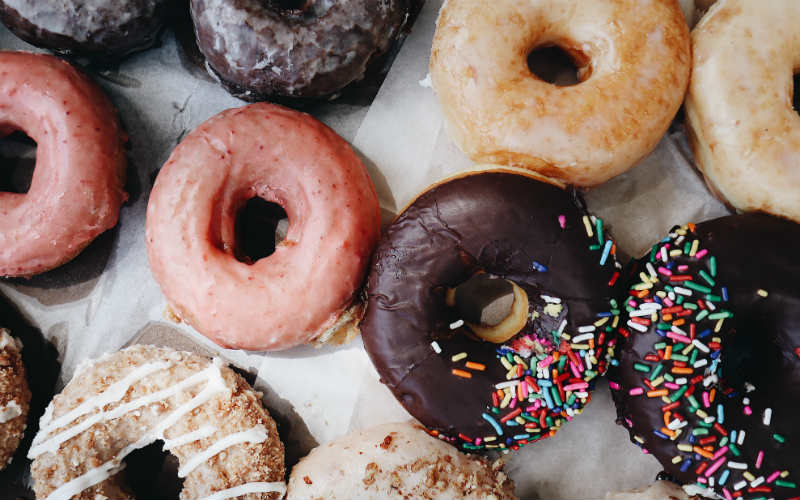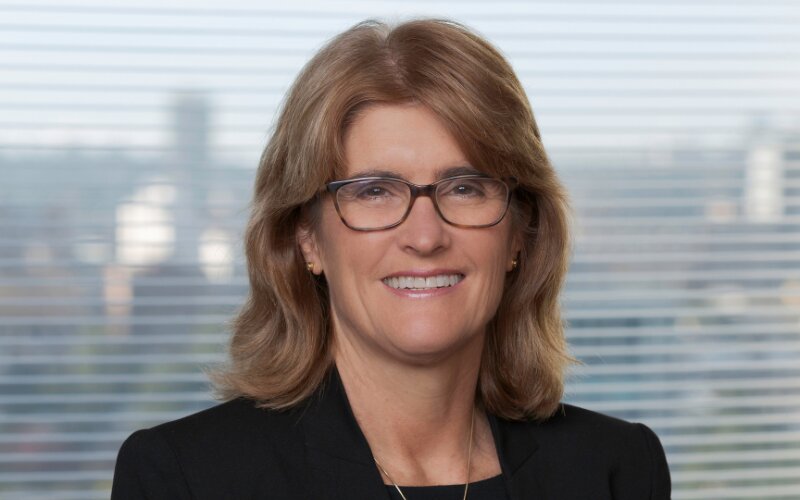May US inflation data revealed prices in the country had grown at an annualised rate of 5%, the highest since 2008.
That's up from April's figure of 4.2%.
For reference, Australia's annual inflation rate currently sits at just 1.1% according to the March quarter data.
Through the first quarter of 2021, wage growth in the US was also the fastest it had been in 20 years.
The relatively high inflation figures seen in the US are led by producer prices skyrocketing, off the back of food and energy costs.
Inflation that's too high results in price spikes, affecting the consumer's hip pocket, and one way central banks can rein this in is through raising its cash rate.
This has led to speculation the US Federal Reserve (its central bank, also called 'the Fed') will raise its cash rate - currently 0.25% - earlier than expected.
However, Fed chair Jerome Powell said it was an "extraordinarily unusual time".
"It’s not a time to try to reach hard conclusions about the labour market, about inflation, about the path of policy. We need to see more data and we need to be a little bit patient," he said.
Australia to follow the US?
While Australia's Reserve Bank (RBA) will watch US movements carefully, it acts independently.
RBA Governor Dr Philip Lowe has repeatedly maintained the stance that the cash rate will not rise until annual inflation is more than 2%, and wage growth is around 3% - figures not forecast until 2024.
One way the RBA has tried to stimulate the economy is through its $200 billion-plus bond purchasing program, which involves buying both federal and state government bonds on the secondary market.
Purchasing the bonds lowers government bond yields, which put "downward pressure" on lenders' funding costs and has a knock-on effect in boosting inflation.
In the latest RBA board minutes, members explained the reasons for high global inflation, particularly in the US.
"Global supply chain bottlenecks and higher commodity prices had contributed to an increase in producer price inflation in a number of countries," they said.
"However, increases in wages and other production costs, which are key components of the overall cost base for many firms, had generally been more subdued.
"Wages growth in the United States had been noticeably stronger than elsewhere."
Members noted inflation had increased due to "upstream" price pressures, and pent-up demand due to COVID containment measures relaxing.
"Goods account for less than half of the consumer price index basket in many advanced economies, muting the effect of upstream price pressures on overall inflation," they said.
"Market-implied policy rate expectations had been little changed in recent weeks. An exception was in New Zealand, where market expectations for the policy rate had moved higher after the central bank released projections showing a faster increase in the policy rate from mid 2022 than markets had expected."
Recently, New Zealand's Reserve Bank tweaked its forecasts, signalling a rate rise in 2022.
ANZ economists have also forecast 50 basis points (0.50%) in rate increases in Australia through 2023.
However, despite worldwide movements, Archistar economist Dr Andrew Wilson believes the RBA will maintain its 2024 policy rate.
"Although US interest rate policy does not directly impact Australia rate settings, similarities in the current macroeconomic environment would reinforce the likelihood that - as predicted by the RBA - Australian interest rates would remain where they are until 2024 – at the earliest," he said.
"Australia can expect to record higher inflation over coming quarters as the local economy also normalises.
"Those speculating on a signal for rate rises to be brought forward would have been sorely disappointed with Federal Reserve Chairman Powell who predicted that at this stage rates would not likely rise until 2023 – and that Fed forecasts should be taken with a 'big grain of salt'.
"The recent spike in US inflation was clearly an upward adjustment from the artificially low prices influenced by COVID policies over the past year."
Photo by Gene Gallin on Unsplash

.jpg)

 Emma Duffy
Emma Duffy
 Dominic Beattie
Dominic Beattie

